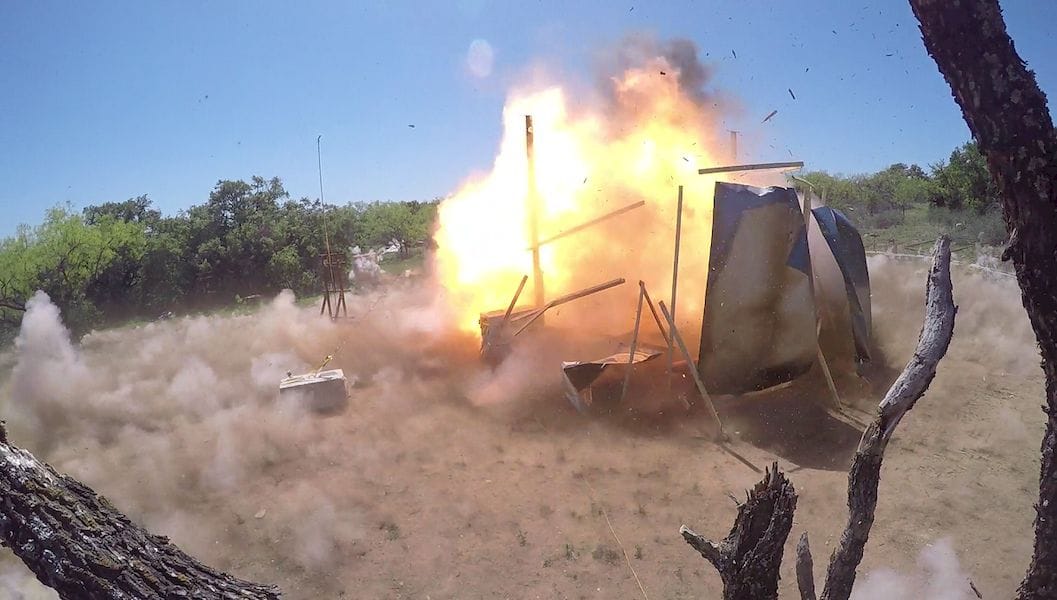
The US Department of Defense has been using 3D printing in an unusual manner.
You’d think a hypersonic warhead would be sufficient; such projectiles are launched at horrific speeds exceeding Mach 5 at unfortunate targets. These warheads accelerate so rapidly they often don’t contain explosives as the damage they inflict is due to the kinetic energy alone.
Interest in hypersonic projectile technology has been rapidly increasing recently, perhaps due to the growing success of anti-missile systems. In other words, if someone can knock down your missiles, make something they cannot touch. And it’s really, really difficult to intercept a hypersonic projectile: the speeds are tremendous, but also the reaction time is proportionally decreased due to the rapid approach of the projectile.
So what does 3D printing have to do with all this? It seems that chucking a metal block at hypersonic speed is not exactly the optimum approach to achieve maximal damage at target. It turns out that the effects on the target vary depending on the shape of the projectile.
And this is where 3D printing technology comes in. The heavy metal projectiles have up to now been CNC milled, but readers will know that this technology can be expensive, wasteful and cannot achieve all potential geometries. Instead it seems the US DOD has turned to 3D metal printing to create the highly unusual shapes required for various hypersonic projectile applications.
In a story in DefenseNews, a spokesperson explains:
Additive manufacturing allows us to make complicated geometries, which would benefit a hypersonics application, without the nasty, long schedule.
This now seems to suggest a new field of development is open for exploration: hypersonic projectile profiles, which I imagine would be somewhat analogous to “shaped charges” in conventional artillery.
I’m now wondering whether one of these applications might be “interception of hostile hypersonics”. The race continues.
Via DefenseNews

